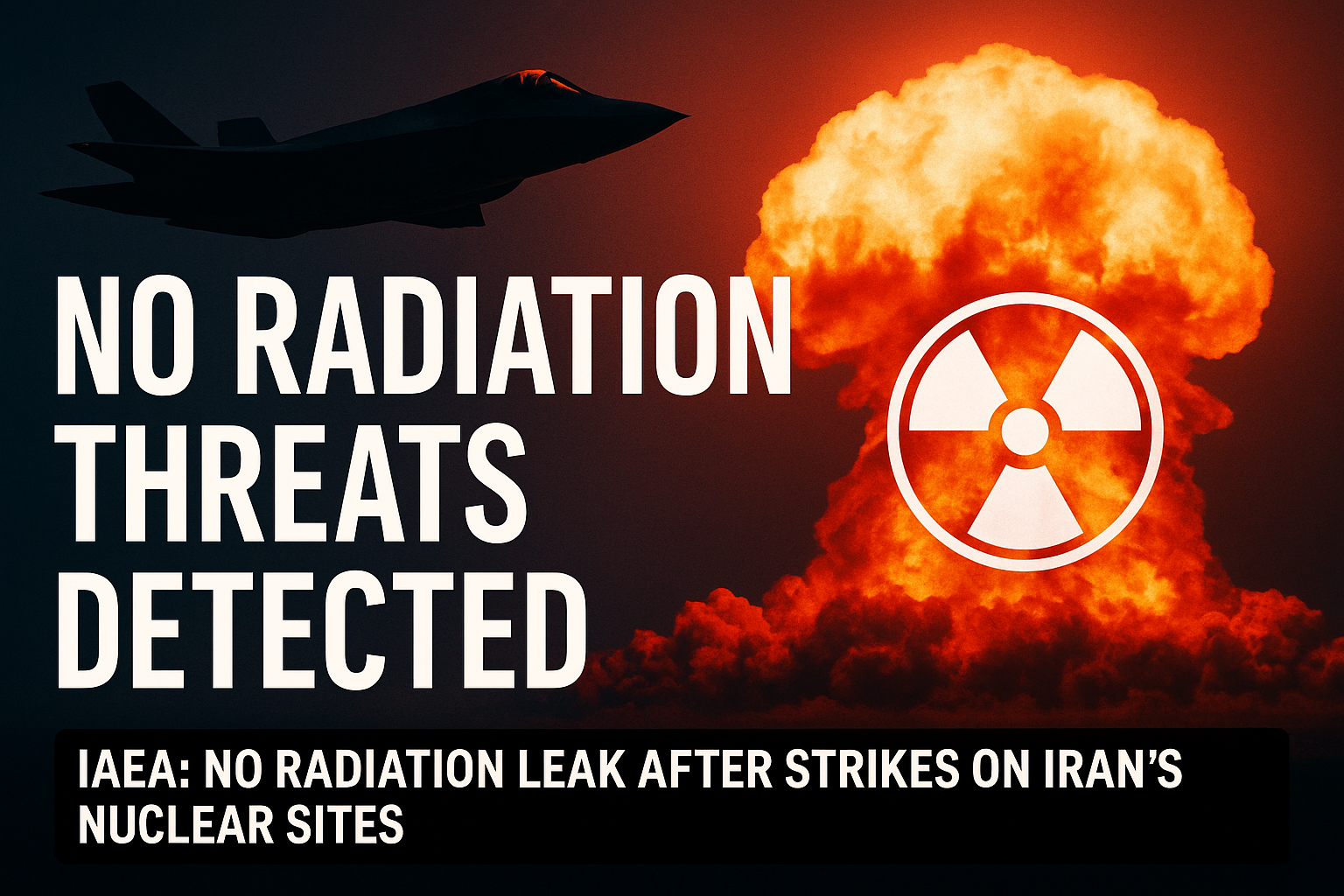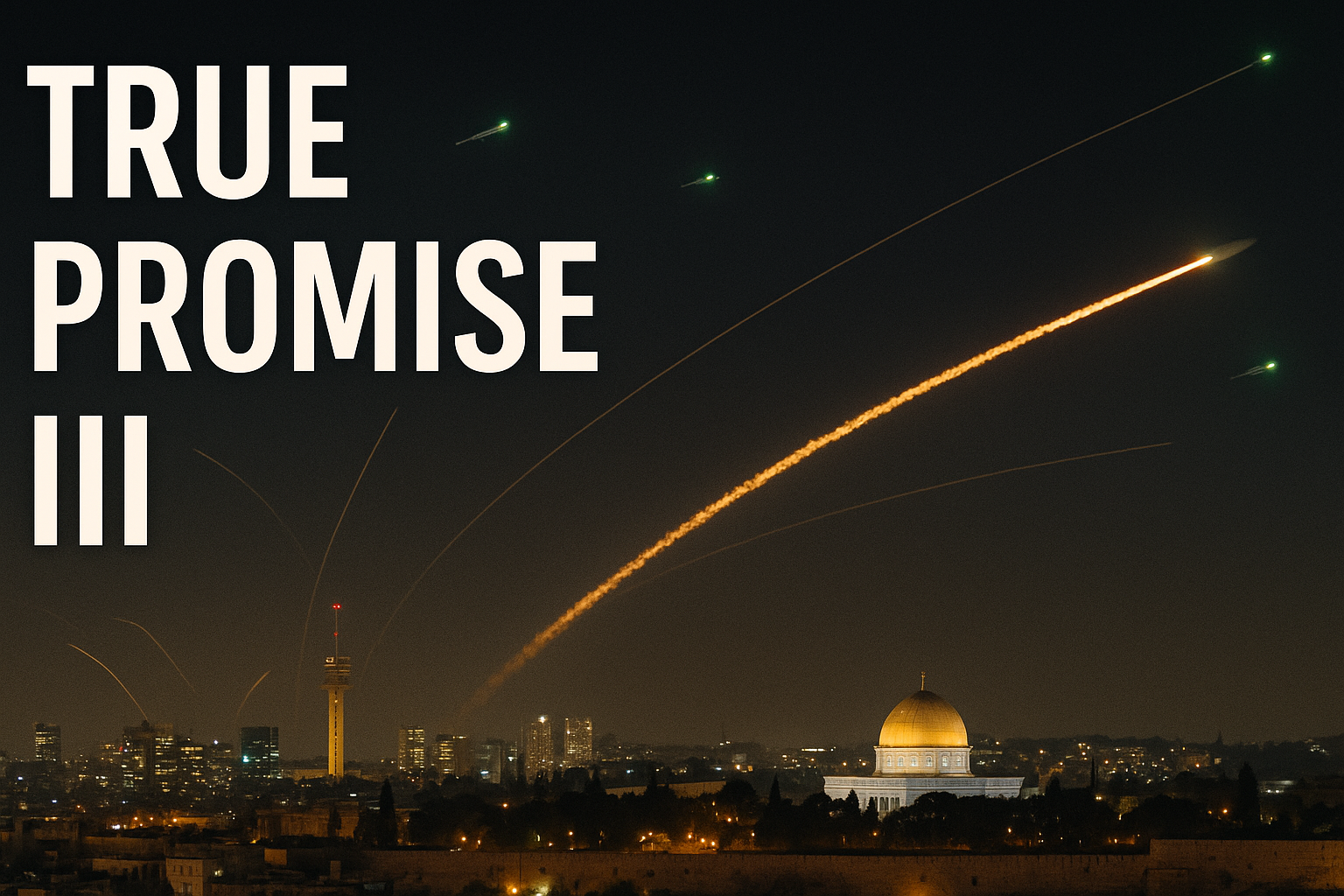By attacking Iran’s nuclear facilities – Fordow, Natanz, and Isfahan – America has created the fear of radiation in the entire world because this question is in everyone’s mind “Did the US spread radiation by bombing Iran?” So let’s understand its real truth with the help of authorities, scientists, and data.
Official Confirmation: No Radiation Threats Detected
The IAEA (the UN’s nuclear watchdog) has confirmed that there was no radiation leak after the strikes and Iran’s National Nuclear Safety System Centre has said the same thing. There is no danger to local Iranians who live near nuclear facilities. American media channels are claiming that its B-2 Bomber has destroyed Iran’s enriched uranium and on the other side Iranian officials claim that the enriched uranium was shifted to another place before America’s strike.
Why These Strikes Didn’t Create Another Chernobyl
Radiation experts have ruled out disasters like the Fukushima or Chornobyl incidents. Iran’s targeted nuclear facilities had uranium enrichment equipment, not atomic reactors. 3 reasons why the radiation risk was low:
- Uranium has limited radioactivity: According to Jim Smith Professor at the University of Portsmouth, Enriched uranium is not as dangerous as natural uranium, but it is three times more radioactive, which does not spread that far and uranium does not contain such dangerous things like cesium-137.
- Chemical vs. Radiological Risk: The uranium hexafluoride (UF6) gas used in centrifuges is not highly radioactive but only chemically toxic; if it leaks, it forms hydrofluoric acid which remains only in a limited area. Similarly, the IAEA (International Atomic Energy Agency) has also confirmed that there was a leak of UF6 gas at Iran’s nuclear sites which was confined inside the site.
- Strong Bunkers: Iran’s nuclear facility in Fordow is located 300 feet below in the mountains and Natan’s halls are also protected by concrete. The bombs dropped by the US on the sites destroyed the equipment but the radiation did not escape.



